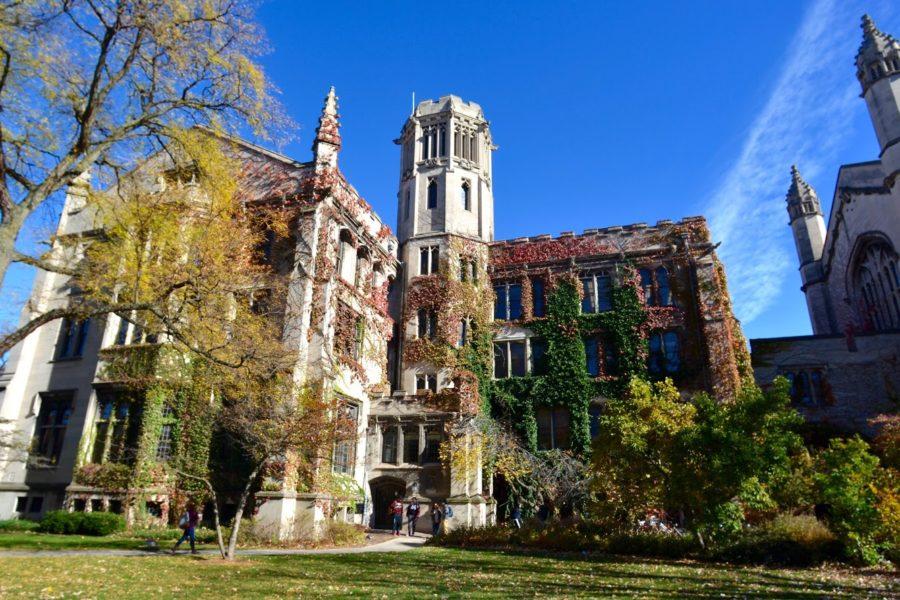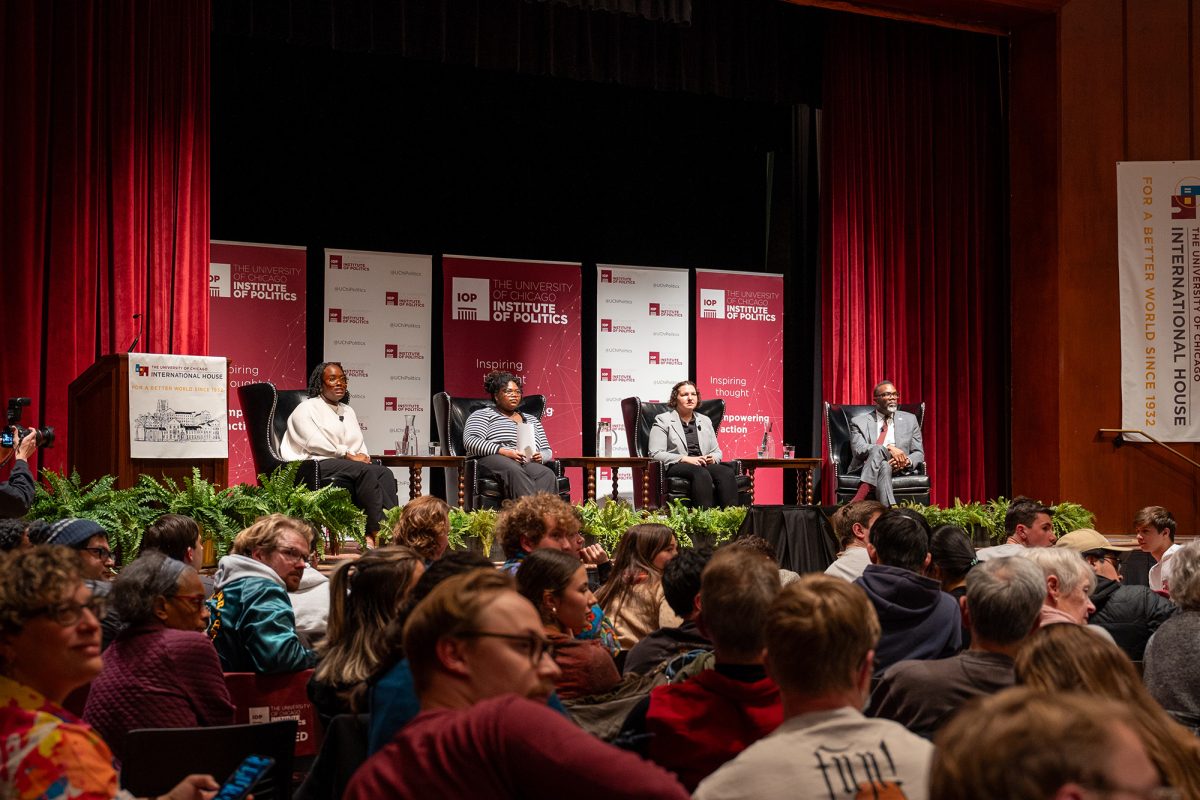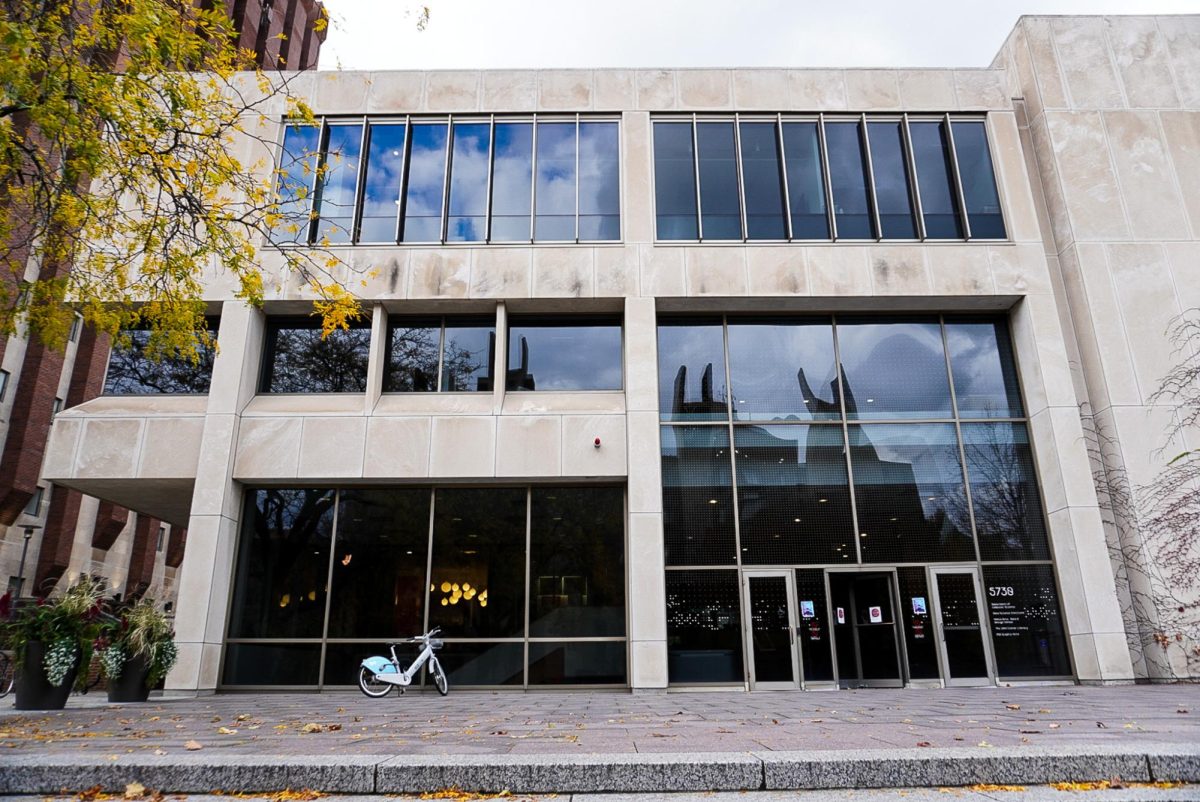Argonne National Laboratories has partnered with the University and the City of Chicago to create a network of 500 sensors throughout the city to collect data on air quality, noise, and weather.
The project, called The Array of Things, fuses the concept of The Internet of Things, which is the network of computing capabilities among physical objects, with array telescopes, or instruments for high resolution.
Charlie Catlett, the project leader and a senior computer scientist at Argonne, explained that the data collected by the sensors will be used in various ways. Researchers can use it to determine things like how weather might impact rates of violent crime and which routes are healthiest for walking through the city.
“All of the data will be immediately published and free and open to anyone interested in using it,” Catlett said. The City of Chicago has an open data portal where the information will be made available and updated multiple times per minute. The data will constitute a platform for open research among educators and academics.
During the first phase of the project, a number of sensors will be distributed across campuses at UChicago, the School of the Art Institute of Chicago, and Argonne National Laboratory. Once these sensors pass reliability and resistance testing, 500 more will be deployed throughout Chicagoland between 2015 and 2017. Input from residents, scientists, and policymakers will determine where exactly they are installed.
The sensors, designed by the School of Art Institute of Chicago and mounted on streetlights, will have three ways of measuring human activity: a sound sensor to detect noise level, an infrared camera to determine surface temperature, and a wireless network to count the number of devices (i.e. iPhones, Fitbits) within the vicinity of each sensor.
According to the Array of Things website, none of the sensors will collect or record any personal or identifying information. The recognition software will be used to tally the number of people in an area. Businesses can use this information to regulate advertising and the city can use it to improve conditions for pedestrians. “If you knew there was a high concentration of pedestrians on a corner, you could give them a walk sign,” Catlett said.
Catlett mentioned that recent articles in other newspapers suggested that the technology would collect data about people instead of just counting devices. This has raised concern over the Big Brother concept of totalitarian government with video surveillance. However, Catlett said, “We didn’t get any feedback from the general population about that. No one calling saying, ‘You’re spying on me.’’’ He stressed the fact that the software will be screened for security and privacy by a panel of industry experts and academics before requiring approval from the City of Chicago.
For the past eight months, half a dozen sensors have been sitting experimentally on rooftops across UChicago. Twelve are ready to be mounted, with the first set to go up within the next few weeks.
Thirteen cities in the U.S. and Europe are on the waiting list for sensors.








